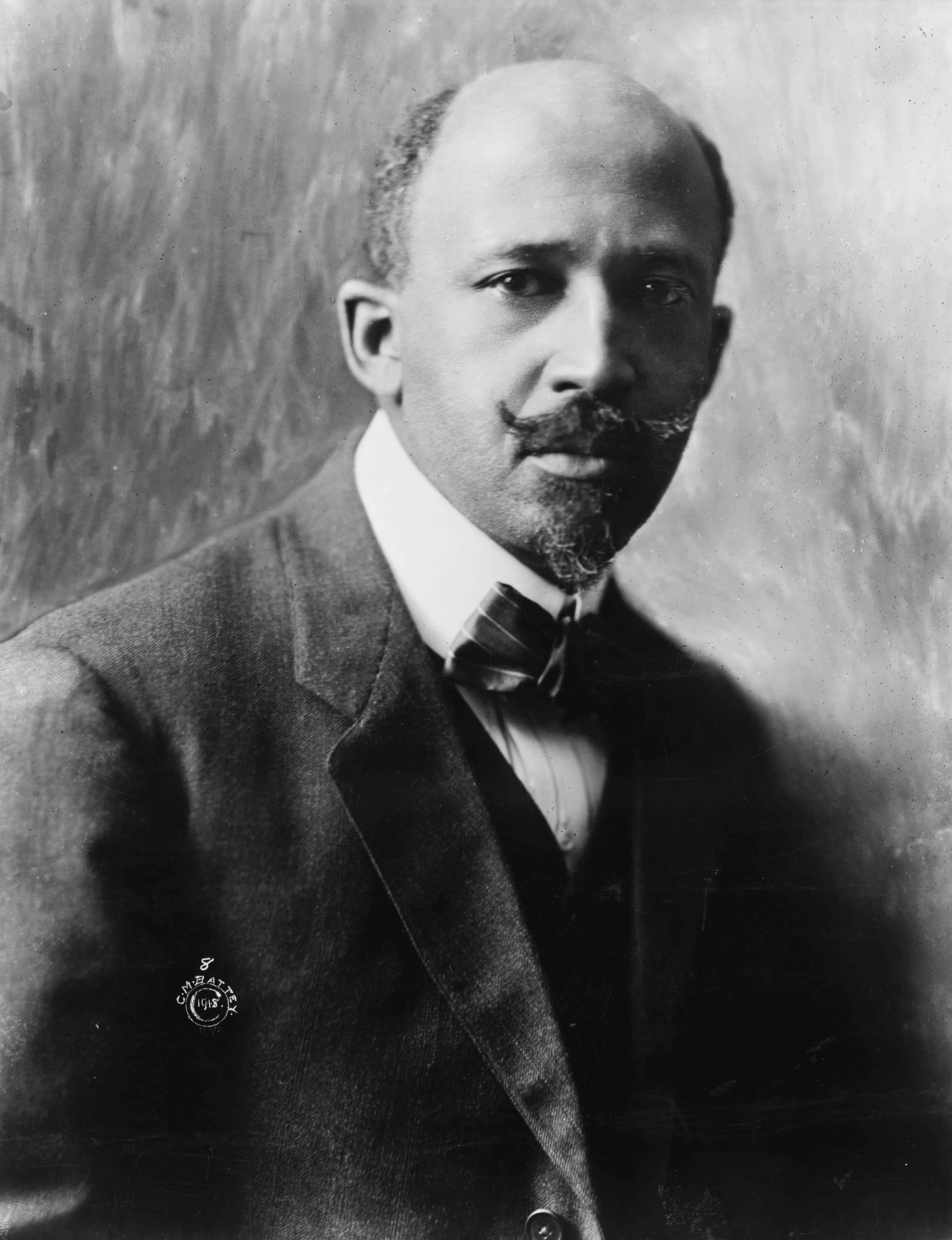What is LatCRT? Latino critical race theory and the 'problem of the color line'

Despite facing opposition from a few parents at school board meetings across the country, proponents of critical race theory argue that the histories, cultures, experiences, and languages of students of color have been devalued and misinterpreted within formal education settings for a long time.
Critical race theory (CRT) has been touted to provide an appropriate lens for qualitative research in the field of education. Meanwhile, Latina/Latino critical theory or LatCRT, a subset of CRT, is said to offer the required insight into the history of students of color as holders and creators of knowledge.
RELATED ARTICLES
Critical race theory: 10 books to read to better your understanding
Critical race theory: Who is Kimberle Crenshaw? How a workshop started a movement
What is LatCRT?
Latino critical race theory, also referred to as LatCrit or LatCRT, has been defined as a research framework that "outlines the social construction of race as central to how people of color are constrained and oppressed in society." The framework is said to have been developed as a response to the "problem of the color line" first explained by sociologist W. E. B. Du Bois in 'The Souls of Black Folk'.

Du Bois asserted that “the world problem of the 20th century is the problem of the color line—the question of the relation of the advanced races of men who happen to be white to the great majority of the undeveloped or half-developed nations of mankind who happen to be yellow, brown or black, etc.” According to him, white domination and exploitation had denied more than half of the world’s population the rights of full citizenship and status as human beings. This resulted in what he referred to as the double consciousness of being African American. Du Bois explained the phenomenon as follows, “One ever feels his ‘twoness’—an American, a [expletive]; two souls, two thoughts, two unreconciled strivings; two warring ideals in one dark body, whose dogged strength alone keeps it from being torn asunder.”
While CRT primarily focuses on the Black-White paradigm, LatCRT lends attention to the experiences of Chicanos, Latinos, Asians, Native Americans/First Nations, as well as women of color.
CRT contributor Tara J. Yosso looked at the tenets that separate Chicana/Chicano students in her book 'Critical Race Counterstories along the Chicana/Chicano Educational Pipeline'. Yosso listed them as follows:
1. The intercentricity of race and racism
2. The challenge of the dominant ideology
3. The commitment to social justice
4. The centrality of experience knowledge
5. The interdisciplinary perspective.
In 'What's so critical about critical race theory?', Sociology professor A. Javier Treviño explained that LatCRT's main focus is to advocate social justice for marginalized communities (mainly Chicanas/Chicanos) who are "guided by structural arrangements that disadvantage people of color." According to Treviño, social institutions function as "dispossessions, disenfranchisement, and discrimination over minority groups" and so LatCRT seeks to help those who are victimized in society.
Two common themes in LatCRT
In order to "give a voice" to the oppressed, CRT firstly proposes that white supremacy and racial power are "maintained over time" and that the law plays a "central role" in it. The framework has introduced a new form of expression, called the "voice of color," arguing that several racial groups lack the voice to be heard in society. The voice of color, according to Trevino, is "narratives and storytelling monologues" used as devices to convey "personal racial experiences."
The voice of color is often used to counter "metanarratives" that contribute to racial inequality. Trevino claims that the experiences of the oppressed are therefore focal points for developing a LatCRT analytical approach and that it "has not been since the rise of slavery that an institution has so fundamentally shaped the life opportunities of those who bear the label of criminal."
CRT, secondly, proposes the possibility of transforming the relationship between "law enforcement and racial power" while, at the same time, pursuing a project of achieving "achieving racial emancipation and anti-subordination more broadly." LatCRT's body of research is arguably distinct from general critical race theory because it emphasizes "immigration theory and policy, language rights, and accent- and national origin-based forms of discrimination." According to Yosso, the experiential knowledge of people of color can be used to draw data and present research findings by way of storytelling, chronicles, scenarios, narratives, and parables.










